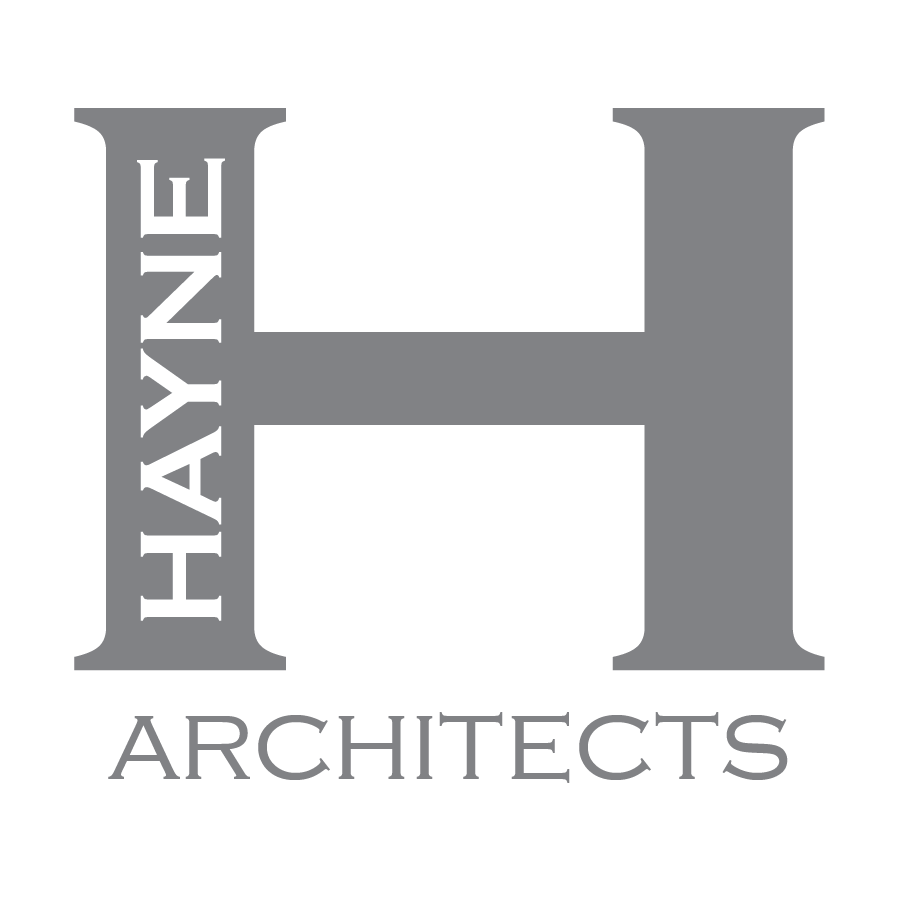
08 Sep Real versus Relative
We’ve had a few projects recently, that have required us to edit basic information in our Revit models, specifically levels and topography (or now that we are in Revit 2024, Toposolids). This can seem like such a simple task. I mean, we set our levels and all we need to do is update our base level to match the new survey information, right??!?
No. That is wrong!
After a model is built, even in the schematic phase, there is a lot of information embedded into it, and although most of the information is attached to the levels, there are always those few elements that are like, “Nope, not today” and detach from their reference plane and end up hundreds of feet below your new ground level.
That said, here are some basic rules that we follow to adjust the levels of a model after it’s built:
- Make a working section or elevation view to show ALL of your levels. We have started to add more levels to our models, utilizing the built-in building story and structural level options. Add dimensions to these levels and lock them!
- Now adjust your base level to your new finish floor level per the survey information. All of your locked levels should move up (or down) accordingly and with them your model.
- Accept ALL the errors and cry a little bit on the inside…
- Go to your 3D view and find any stragglers that didn’t move with your levels. Manually move them and reassociate them to the appropriate levels.
- Set a new Project Base level and import your survey information.
- Make a new topo surface or toposolid. **Remember to set this to the existing phase.**
- Check your model. Go to all of your standard views and clean up the model. No matter how well a model moves levels, walls sometimes detach from floors or roofs, components are deleted, and annotations/detail components need to be adjusted to match the new level information. **Be prepared not to find all the issues from the level change on the first pass. As you continue to work on your model you are bound to find more things that got a little “wonky” with the shift.**
Check out this timelapse video of me editing our Bayshore project model to include new survey information. 11 hours later (in just over 2 minutes), we have the correct topo and level information…
The lesson? Try and get your survey information up front!
Discover more from Hayne Architects
Subscribe to get the latest posts sent to your email.

